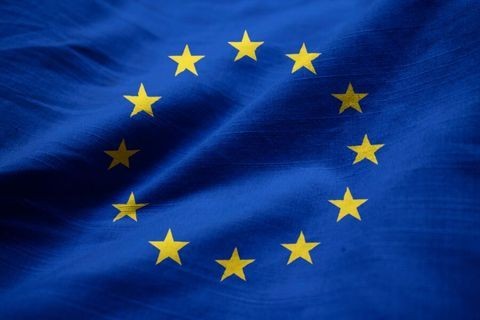First Final Written Decision in Inter Partes Review of Pharmaceutical Related Patents
Client Alert | 2 min read | 06.27.14
On June 20, 2014, the U.S. Patent and Trademark Office's Trial and Appeal Board, for the first time, rendered final written decisions in inter partes review proceedings of pharmaceutical related patents, specifically claims covering compositions for and methods of making and using folate-containing dietary supplements said to address elevated levels of homocysteine in the blood that can lead to cardiovascular, ocular, neurological and skeletal diseases. Since the inter partes review procedure went into effect in September 2012, more than 1350 patent challenges have been initiated, more than 700 trials instituted, and more than 65 final written decisions issued, but these are the first final written decisions in cases involving pharmaceutical related patents. Of particular significance, the Board found all of the challenged patent claims it reviewed to be unpatentable.
The petitions in the four inter partes review proceedings (IPR 2013-00116; IPR 2013-00117; IPR 2013-00118; and IPR 2013-00119) were filed by Gnosis SpA, which had been sued by Merck in the Eastern District of Texas for infringement of certain claims of the four challenged patents. Merck is a licensee of three of the patents, which are owned by South Alabama Medical Science Foundation. The fourth patent is owned by Merck's subsidiary, Merck & Cie. The district court case was stayed pending the inter partes review proceedings.
The Board determined that all of the challenged claims on which it rendered a decision were unpatentable as obvious, with certain of the claims also being unpatentable as anticipated. In each of the four proceedings, the Board determined that the patent owners did not persuasively show a nexus between the asserted objective evidence of nonobviousness and the claims under review. The Board concluded that, on balance, Gnosis's strong evidence of obviousness outweighed the patent owner's objective evidence of non-obviousness, and a preponderance of the evidence supported the findings of unpatentability.
Multiple expert declarations were submitted by both sides in each of the proceedings. In each of the cases, aside from amending the patents to cancel certain challenged claims, the patent owner did not otherwise attempt to substantively amend any of the claims.
The patent owners now have the ability to either file Requests for Reconsideration or to file appeals to the Federal Circuit.
Contacts
Insights
Client Alert | 14 min read | 12.22.25
European Commission Proposes Biotech Act to Boost Health Biotechnology in the EU
On December 16, 2025, the European Commission published its proposal for a regulation establishing a European Biotech Act to strengthen the EU's biotechnology and biomanufacturing sectors with a primary focus on health.
Client Alert | 11 min read | 12.22.25
European Commission Proposes Simplifying the Rules on EU Medical and In-Vitro Diagnostic Devices
Client Alert | 3 min read | 12.22.25
Second Circuit Expands District Court Review of Magistrate Judge Report and Recommendations
Client Alert | 2 min read | 12.19.25



